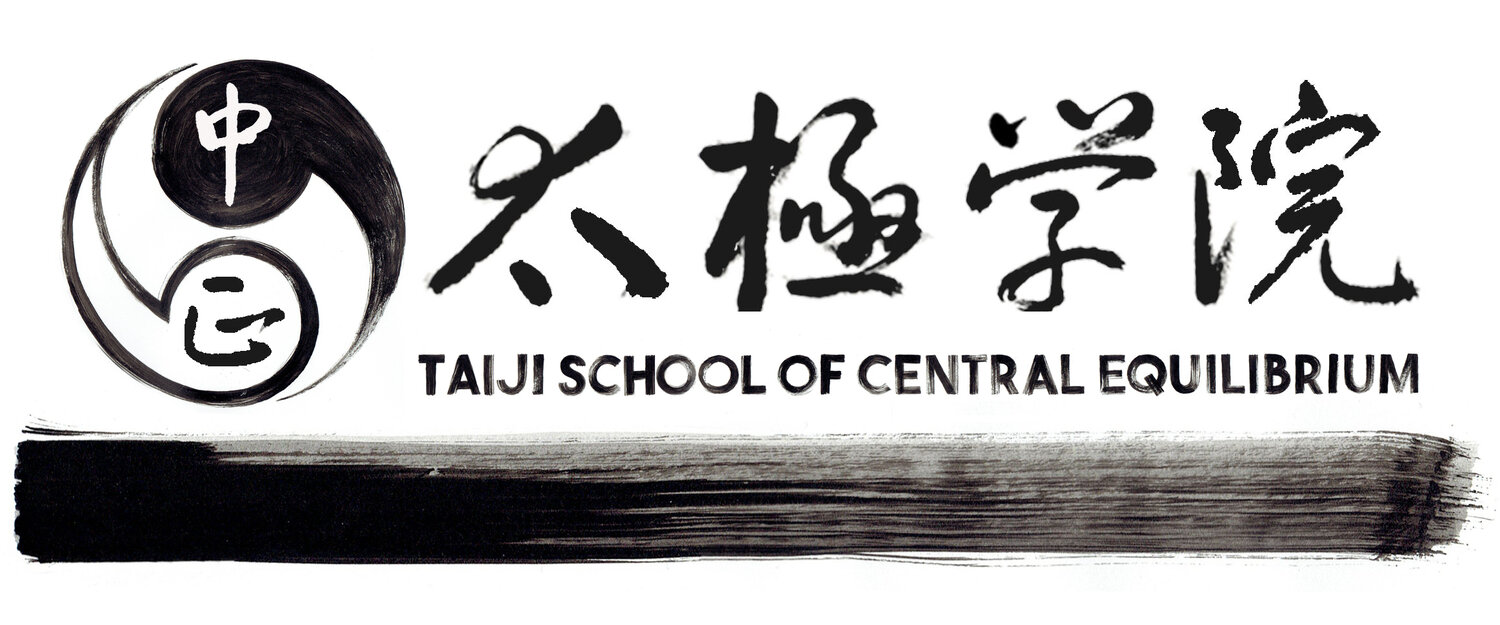The beauty of Taiji is that it can be a lifelong practice…
The Taiji School of Central Equilibrium offers an opportunity to to explore the harmony within all movement, leading to deepened sensitivity, the development of internal energy and the ability to deal with external forces.
Taiji sometimes is referred to as "Meditation in Motion", "Daoist Principles in Practise", a "Moving Yoga", or as a "Chinese Soft Style Martial Art". However no one description represents the whole Art, all should be included to be considered Taijiquan.
Whether being practised as a healthy exercise or in a self-defence situation, relaxation and being centered is the fundamental basis.
Regardless of style, lineage or teacher, practitioners must adhere to the 'Principles' as presented in the 'Taiji Classics' to ensure that their practice will continue to remain true to the art. As stated in Wang Tsung Yueh’s classic : “雖變化萬端,而理為一貫。” Though there are many variations, the principle remains the same.
Benefits
Taiji is based upon relaxation of body and mind. The quiet and gentle nature of the exercise overcomes stress and its related illnesses. Other benefits include improved blood circulation, better posture and alignment, increased bone density and a strengthened immune system. All contributing to greater quality of life and likely quantity.
Requirements
The only requirements for Taiji are patience and perseverance, it is equally suitable for young and old, men and women.
Style
There are many different styles of Taijiquan. The variation we teach is the Yang Style under the Huang system of Taiji. For more information check the lineage page

